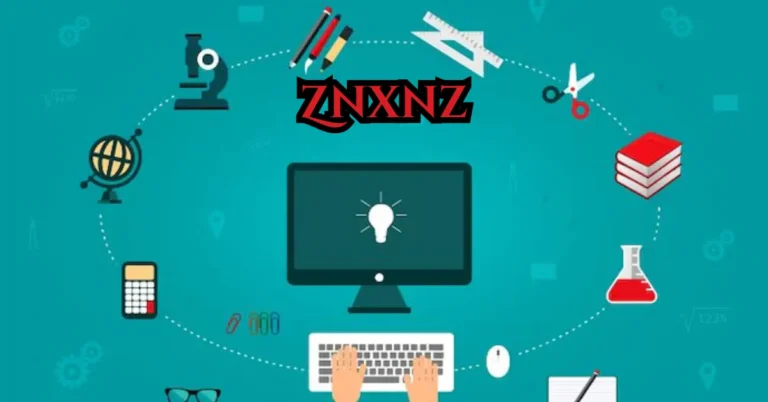Building the Future of Transportation: EV Charging Infrastructure
Key Takeaways
- The need for electric vehicle (EV) charging stations is on the rise as more people opt to drive EVs.
- Technological advancements are reshaping the EV charging landscape, providing faster and more efficient solutions.
- The public and private sectors are collaborating to expand the charging infrastructure.
- Understanding different charging station types and deployment strategies is crucial for future planning.
Introduction to Electric Vehicle Charging
With the rapid increase in the use of electric vehicles (EVs) globally, the need for convenient and effective charging infrastructure is rising steadily. Unlike traditional cars that rely on gas stations, EVs require a charging station network to replenish their batteries. These stations vary in speed, ranging from Level 1 chargers suitable for overnight charging to fast DC chargers capable of recharging a vehicle in under an hour. This evolving landscape highlights the importance of infrastructure to support the transition to cleaner transportation.
One notable development in this space is integrating versatile charging solutions, such as a Blink EV charging station, into urban and suburban areas. These stations are critical to the broader network, offering convenient charging options for daily commuters and long-distance travelers. Their presence demonstrates how the public and private sectors collaborate to ensure a seamless shift toward a sustainable, electric future.
The Surge in Electric Vehicle Adoption
A remarkable upswing in electric vehicle adoption is at the heart of the electrification wave. Recent years have marked unprecedented growth in sales, aligning with rising environmental awareness and technological strides prompting consumers’ shift towards greener alternatives. Observations in EV global sales reveal an outstanding achievement, with sales numbers breaching ten million units in 2022—a startling reflection of burgeoning consumer interest. Growing demand requires an expansion of charging networks, which is essential for easing range anxieties and ensuring smooth journeys for EV owners.
This explosive growth also nudges stakeholders into swift action, recognizing the pressing need to deploy strategically located charging networks for easier access and convenience. Today’s consumer base increasingly opts for electric solutions, motivated by efficiency and eco-centric sentiments. As the momentum continues, the relevance of widespread and well-distributed charging stations becomes all the more vital, ensuring the practicality and viability of EVs as a favorable mode of transport.
Technological Advancements in Charging Solutions
The narrative of EV charging is punctuated by consistent technological innovations tailored to augment operational efficiency and user convenience. At the forefront are cutting-edge charging solutions promising rapid recharge capabilities and technological integrations attuned to network stability and sustainability. Bidirectional charging mechanisms now allow EVs to alternatively serve as decentralized energy sources, feeding unused power back into the grid—ushering in an era of decentralized energy management.
Fast-charging technologies continue to alter the landscape, setting new charging speed and efficiency standards. Drivers today find their refueling experiences metamorphosed by these technological breakthroughs, significantly reducing downtime for those on the go.
Public and Private Sector Collaborations
The seamless expansion of electric vehicle infrastructure is predicated on strong collaborative efforts between public agencies and private enterprises. Government policies often drive the regulatory framework that enables and encourages shifts toward electrification while providing financial incentives to spur the adoption of green technology and infrastructure adoption. Meanwhile, the private sector brings innovation and capital to push the development of markets and infrastructures.
This collaborative approach ensures that the infrastructure evolves to meet the demands of a growing number of EVs. Governments around the world are not only implementing supportive legislation but are also investing in research and infrastructure projects. Private businesses leverage these frameworks to create new technologies and services that drive market adoption. This synergy is fundamental in ensuring a future where charging infrastructures are as ubiquitous and convenient as traditional fueling stations are today.
Types of Charging Stations
Grasping the different types of charging stations is crucial for successful planning and installation. Typically, charging stations fall into three categories: Level 1, 2, and DC Fast Charging. Each category has unique charging capabilities and infrastructure needs. Level 1 chargers use standard household electrical outlets, providing slow charging that is ideal for overnight use at home. These simple setups are easily accessible and practical for daily, short-distance driving.
Level 2 charging stations necessitate specific installations, provide quicker charging times, and are typically found in commercial applications like shopping malls and workplaces. DC Fast Charging stations are indispensable for long-distance drivers and high-traffic locales and are known for replenishing a significant portion of the battery within minutes. Strategically situating these varying chargers is crucial in enhancing overall user satisfaction and operational efficiency across diverse scenarios.
Deployment Strategies for Charging Stations
Deploying efficient charging networks is a complex task that involves strategic planning around location, capacity, and accessibility. Urban population centers are priority targets due to their high concentration of vehicles and potential for facilitating broader EV adoption. Nevertheless, communities in rural and suburban areas are vital in ensuring comprehensive coverage and addressing geographic disparities.
An effective deployment strategy also considers peak traffic times, each region’s energy demands, and grid stability to avoid bottlenecks and ensure reliability. By introducing renewable energy sources like solar panels at charging sites, the environmental impact can be minimized, reducing the overall carbon footprint. These strategies precede a future where EV infrastructure is widespread and resilient, meeting the diverse needs of all users.
Challenges and Opportunities
Recognizing challenges is as critical as capitalizing on opportunities to deploy EV infrastructure successfully. Up-front costs, site accessibility, and integration into existing power grids pose considerable challenges. Tackling these intricacies requires thoughtful policy direction, investment, and continued innovation from stakeholders.
Yet, such challenges offer gateways to explore alternative solutions, enhancing financial models, and inspiring technological advancements tailored to reduce costs and expand reach. As stakeholders address these obstacles through innovative approaches and collaborative efforts, they unlock opportunities for economic growth and environmental benefits, providing a pathway to increased adoption and sustainable practices.
Future Prospects of EV Charging Infrastructure
As the electric vehicle industry surges forward, it’s clear that the future of EV charging infrastructure is poised for progress, underscored by sustainable practices and technological breakthroughs. Future stations are set to integrate more renewable resources, with AI and IoT technologies optimizing the charging experience and resource management. Such innovations pave the path to a well-rounded, robust infrastructure capable of meeting tomorrow’s needs today.
Continued collaboration between governments, businesses, and communities is pivotal, ensuring future networks are sustainable and accessible to all. This forward-thinking approach acknowledges technology’s pivotal role in reshaping transportation infrastructures and urban landscapes, steering societies toward a greener, more sustainable future where clean, efficient transportation is an everyday reality.
Stay in touch to get more news & updates on Veri Fiedzine!






